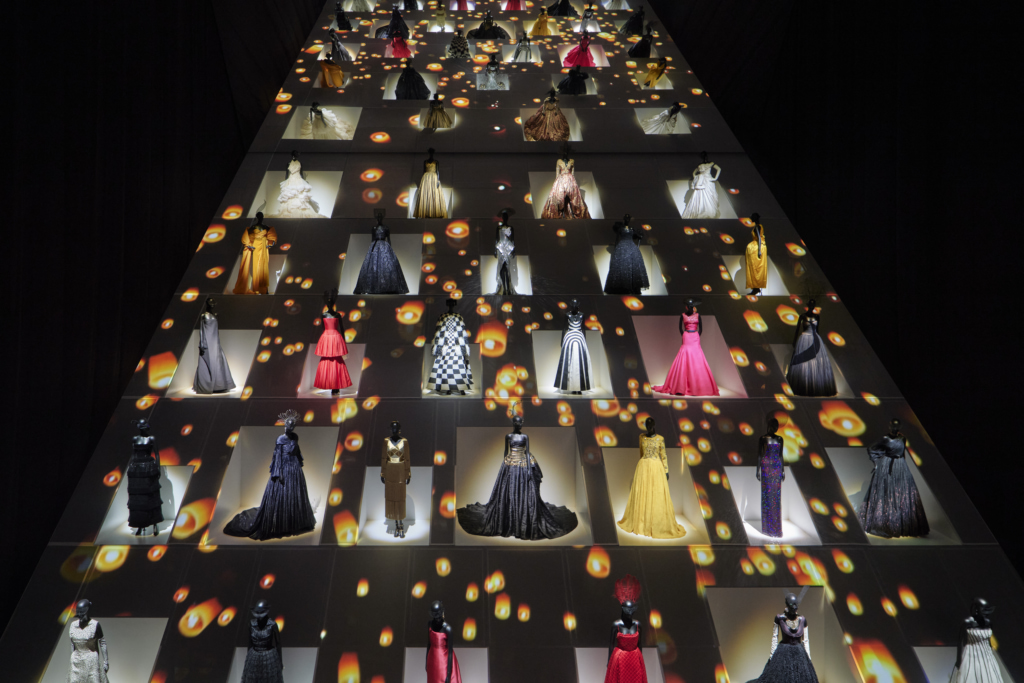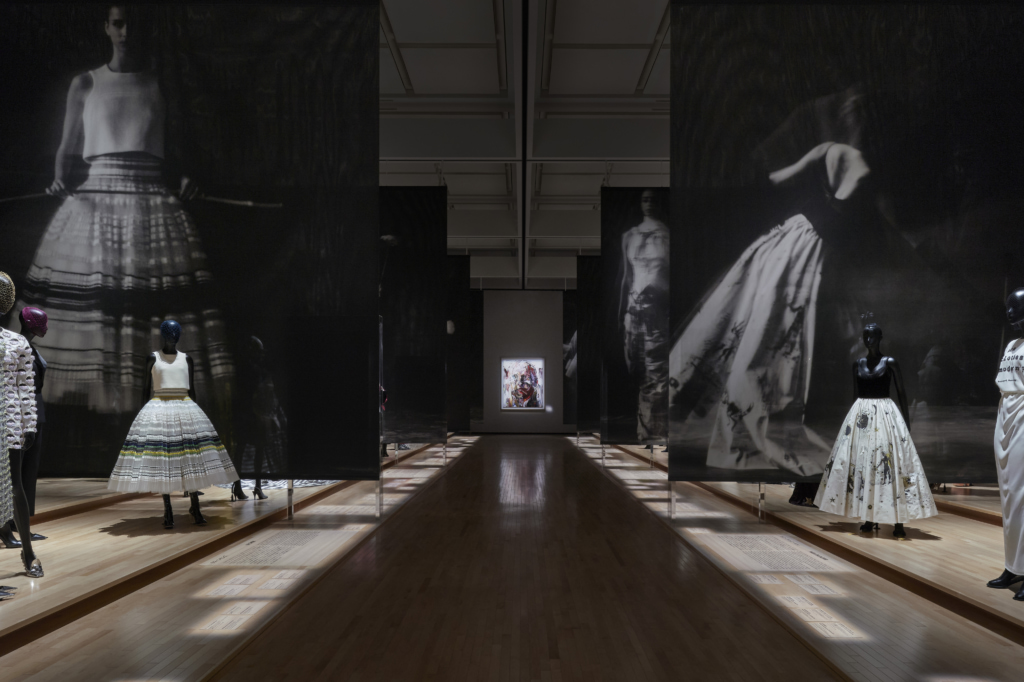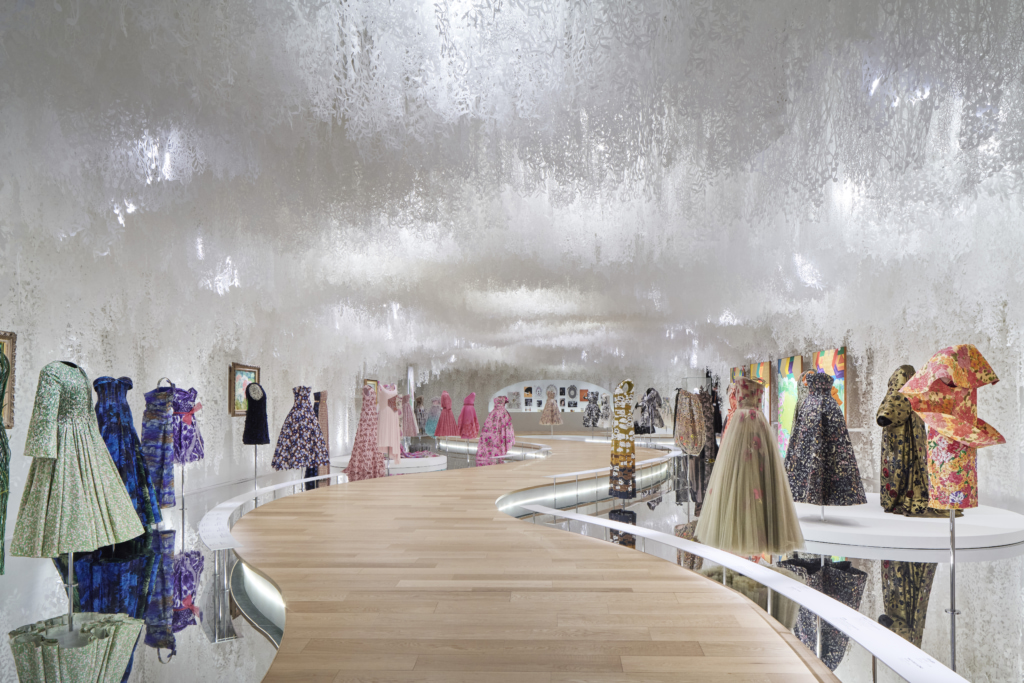In the celebrated French fashion designer’s 1956 autobiography Christian Dior and I, the creative seer wrote, “The Christian Dior house started with three ateliers, nested under the roof at 30 Avenue Montaigne. I was 41 years old. I didn’t mean to revolutionize fashion. I am a reactionary, which is not to say that I’m backward-looking. We were coming out of a time of war… It just so happened that my personal feelings coincided with the feeling of the time and the New Look became a rallying cry for fashion.”

Dior, a curious figure who battled with the duality involved in being a household name in fashion and being an individual, essentially transformed fashion and the lens in which we view the artform as a reflection of societal changes and as a creative instrument. The renowned designer, who passed away in 1957 at the age of 52, instigated a new form of fashion which involved glamor and femininity and placed Paris, again, at the center of fashion, passed on his artistic mantle and the reigns of the house of Dior to another revolutionary, Yves Saint Laurent who was only 21 at the time.
The list of names who came after Saint Laurent at Dior is incredible and it’s unsurprising that the maison is still at the peak of the global fashion industry. Kim Jones, Raf Simon, Hedi Slimane, John Galliano and Kris Van Assche are some of the previous head designers at Dior and each of them revolutionized the brand as a fashion powerhouse and made superstar names for themselves in the process. Dior is now headed by Italian designer Maria Grazia Chiuri, who brings her own beautifully idiosyncratic touches to the French style titan.
Running until May 28 at the Museum of Contemporary Art Tokyo, Christian Dior: Designer of Dreams is a touring exhibition which celebrates the French house’s deep and ongoing relationship with Japan. Architect Shohei Shigematsu designed the scenography for the exhibition, which features approximately 350 haute couture dresses, many of which pay homage to Japanese culture and fashion. Shigematsu’s use of washi paper, shoji screens and a section inspired by tatami rooms is a celebration of Japanese aesthetics and its profound connection with the house of Dior.

Dior’s relationship with Japan began in 1953 when he visited the country and brought and showcased models and collections in some of the nation’s major cities, including Tokyo. A few years later, he welcomed the Japanese imperial family during an official visit to the French capital and designed three civil wedding dresses worn by Princess Michiko, now the Empress Emerita Michiko.
“Like flowing sap, the creative spirit now runs in the house,” wrote Dior in his autobiography. “It reaches the apprentices and seamstresses. Their fingers are running over the toiles. Their fingers prick the needles or hesitate on a seam. Their fingers are building the fashion of tomorrow.”
Indeed, the brand Dior built on the foundations that he established in the 1940s and ’50s, has seen a succession of designers finding inspiration in Japan, from John Galliano’s acclaimed Christian Dior Haute Couture S/S 2007 collection to Raf Simons’ use of obi belts for some of his designs during his tenure at 30 Avenue Montaigne.
Dior, then, continues to strengthen its connection with Japan, a brand which embraces this country and its culture and is, at the same time, feted by its legion of Japanese admirers here who continue to flock to its flagship stores around the country.
“From the idea to the dress, my work is my life’s reason,” wrote Dior, and it’s plain to see that Chiuri and the designers that come after her at Dior will continue to spearhead the brand into the future, a future where Dior still leads the pack with its unflinching creative narrative.
Christian Dior: Designer of Dreams runs until the end of May at the Museum of Contemporary Art Tokyo. Tickets at the door are limited. Advanced booking is recommended.
| Date & Time | ・~ |
| Price |









